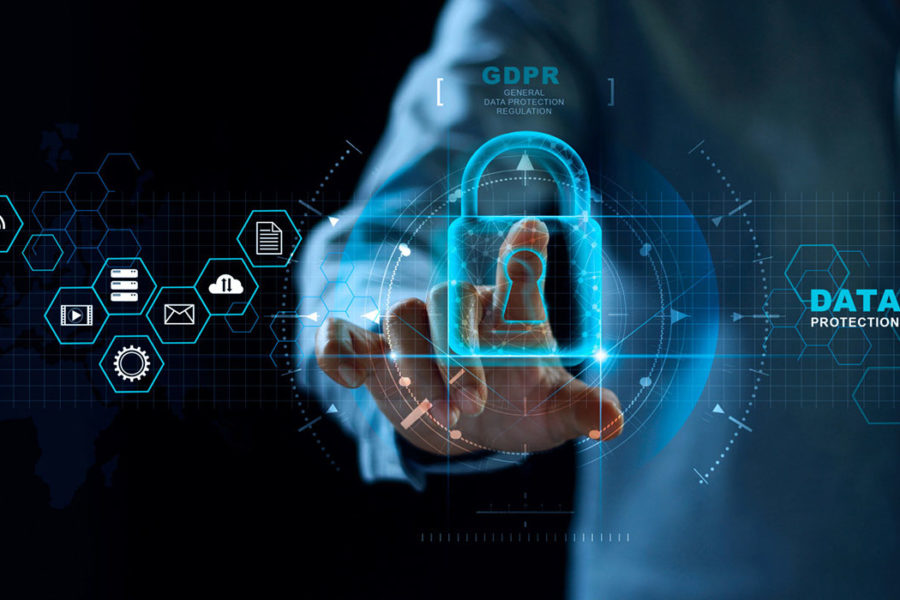As the name itself suggests, everything that is connected to the internet comes under the umbrella of IoT. But this does not minimize or eradicate the confusion as to why it is called the Internet of “Things.” The things that are being referred to in this acronym are our daily accessories and devices that we use which fall under the category of smart devices. These devices are embedded with sensors, different software, tracking ability and various other technological tools. They can vary from our average household devices to the latest smart gadget or sophisticated devices used for industrial purposes. Once we start using these “things,” our data gets collected after which it is communicated and exported over the internet.
This article will assist you in exploring motives and functioning of the IoT, why it is essential, and a lot more that you need to learn regarding this topic. Buckle up as we jump into the world of IoTs and learn about the benefits and risks imposed.
WHY IS INTERNET OF THINGS (IoT) IMPORTANT?
The collection and transfer of data over cloud has helped to bridge the gap amongst people, processes and devices. Previously, keeping track of things was comparatively more difficult due to the lack of flexibility and innovation in the field of technology. However, with the progress that is being made, and the use of IoT, it is now much easier to link our daily activities to the cloud. This can then be used for monitoring, recording and adjusting the different activities that are carried out. In short, the main function of the IoT is to bond the physical and the virtual world together with minimal human intervention.
Sensors for instance have cut down the time and effort required to perform an action or gather information related to the purpose of the sensor. A single sensor can record data repeatedly more frequently than compared to a human. The digital nature of the devices also reduces the chances of errors that can be made when recording data. As you read further, you will learn more about the benefits and risks attached.
WHAT HAS MADE IoT FUNCTIONABLE
If you are wondering how devices with different channels connect with each other, then the answer lies in standardization. The standardization of devices by some companies like Microsoft have made IoT possible. This is because it is easier for devices to communicate with each other once they are all on the same page. Other things that make IoT possible is the availability of affordable and durable sensors, connectivity and conversational AI for instance Alexa, Siri and Cortana. Machine learning and cloud computing also help in the building blocks of IoT.
DATA SECURITY, IS IT AT RISK OR NOT?
It is a well-known fact that once your information is available online, no one can give you complete guarantee of your data being 100% secure. However, measures have been made by different organizations to improve the security barriers and to reduce data breaches, minimize the number of hacking incidents etc.
The people who have access to your data may or may not use it against you or manipulate it in a way that could cause you harm. There is also a high chance of unwanted surveillance and tracking of your activities. Despite complaints by big companies like Samsung, regarding the privacy and security of users, IoTs have not promised data security to their users. Overall, we can say that the IoT has a lot of risks attached to it as there is no limit to what can be done with your data once it falls into the wrong hands.
BENEFITS OF IoT
Once it has been set up, your IoT can establish smooth communication amongst your devices. Due to the digital conversion of your data, you can exercise more automation and control over the physical aspects of your life. Yes, it is true that a very large amount of information is being shared but having so much information laid out in front of you can assist you in making more informed decisions. The monitoring aspect of IoTs has increased the accuracy and decreased the time that is required to carry out different operations.
We have kept the biggest advantage for the last. IoT is very cost-effective; storing and organizing such huge amounts of data physically will require a lot of physical space and manual labor and time. In short, IoTs help in achieving optimum utilization of our available resources by carrying out different operations on them.
THE FUTURE OF IoT
Problems arise when users are unable to connect one device with another and this presents itself as a hurdle that could hinder the progress of IoT. Due to the risky nature of IoT, users tend to feel a little discouraged or uncomfortable about so much data being gathered over the cloud. Companies like Samsung have emphasized on the importance of making devices more secure which could in turn help in lowering the hesitancy of people towards using these devices.
CONCLUSION
Despite its drawbacks, this alliance of devices has also made it more feasible for us to manage different aspects of our lives and solve them all under one roof instead of jumping from one thing to another. IoTs also help us in mapping our goals and tracking our efforts to achieve that goal. For instance, the health app on your smart device keeps you motivated to reach your daily goal. There is no doubt about how convenient our lives have been ever since IoTs entered the market but if you are concerned about data security then we assure you that we are all in the same boat. We cannot promise you data security but we hope this article makes you feel a little more comfortable about using the IoTs now that you have a better understanding of what they are and how they work. Bottom-line is that due to its revolutionary nature, IoT is now presaged as the next industrial revolution.






Leave a Comment